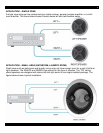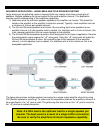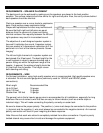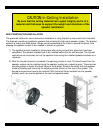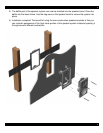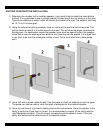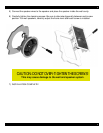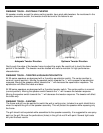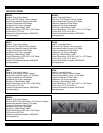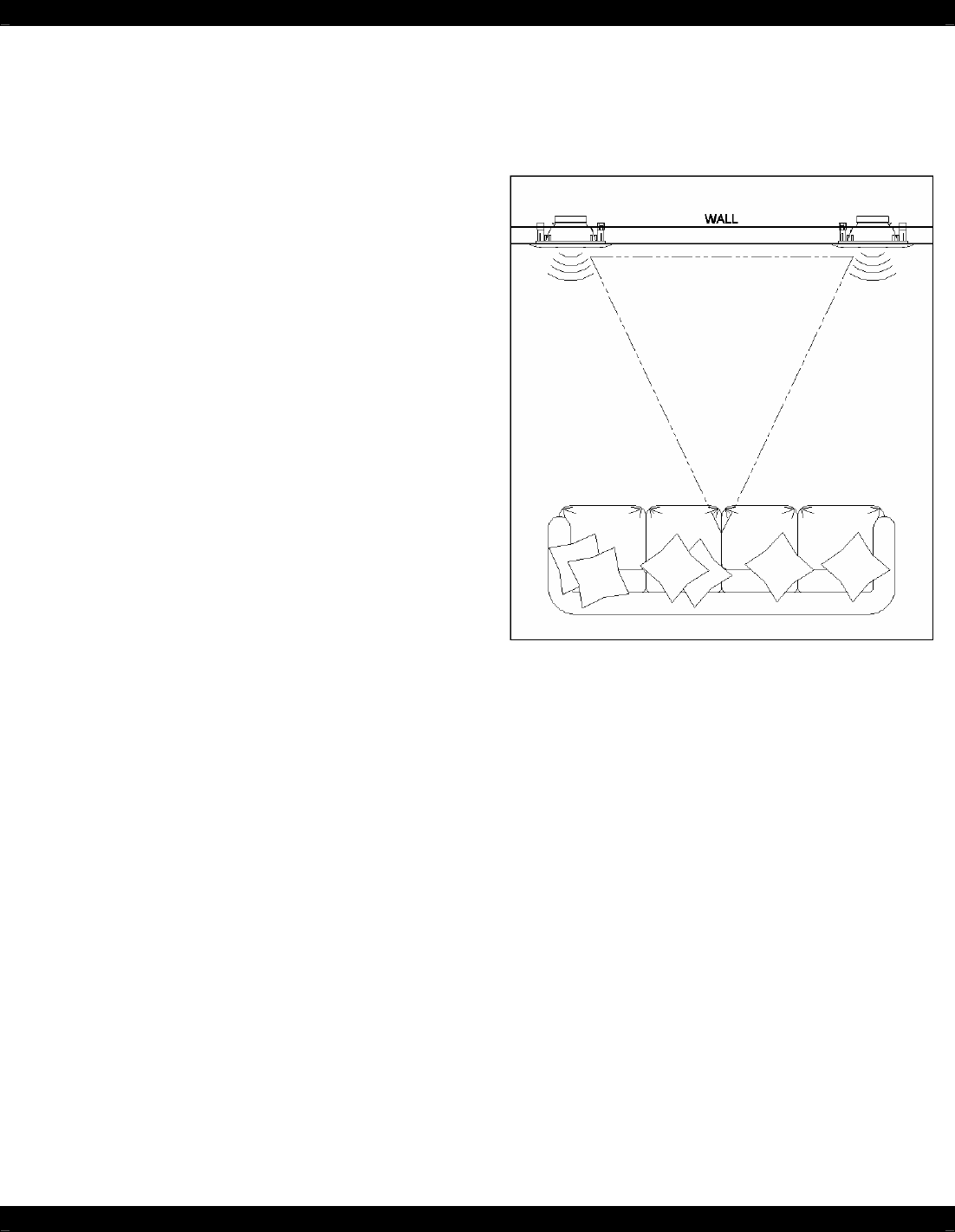
08905092C - 4 -
REQUIREMENTS – SPEAKER PLACEMENT
The best sound can be achieved by making sure the speakers are placed is the best position
possible. The surface material should be similar for right and left pairs. Also, the cavity volume behind
each speaker should be identical.
Placing a speaker near a corner tends to emphasize
bass. Large surface areas emphasize treble.
Drapes and upholstered furniture may muffle sound.
Be sure that both right and left pairs are equal
distance from the corners of a room and facing
identical surfaces. Non-equality between the left and
right speakers may result in inconsistent sound.
The objective of a well designed speaker system is
how well it replicates live sound. A speaker system
that can present a 3-dimensional replication as if the
performer is in front of the listener presents “stereo
imaging”.
The left and right channels of a speaker system are
best placed 6 to 8 feet apart. The best height for the
in-wall systems is where a person standing and a
person sitting are within the optimum range of the
tweeter. In general, the optimum height should be
4.5 feet from floor to tweeter. This height covers
both standing and sitting.
REQUIREMENTS – WIRE
For the best installation, using high-quality speaker wire is recommended. High-quality speaker wire
is stranded. Do not use solid gauge wire (commonly used for 120VAC and 240VAC power
connections).
Wire Length Recommended Size
Up to 50 feet 16-gauge
Up to 100 feet 14-gauge
Greater than 100 feet 12-gauge
The general rule is that a heavier gauge wire is recommended for all installations, especially for long
distances. Be sure to select a wire that has an easy to follow indicator (such as a white stripe or
indented ridge). This will make connecting the polarity correctly an easier task.
Be sure to observe the proper polarity. The positive (+) wire must always be connected to the positive
(+) terminal and the negative (-) wire must always be connected to the negative terminal. An incorrect
polarity connection will result in poor imagining and bass response.
Note: Be sure that each wire strand is completely isolated from other connections. Frayed or poorly
twisted strands may cause short circuits and damage the systems equipment.




